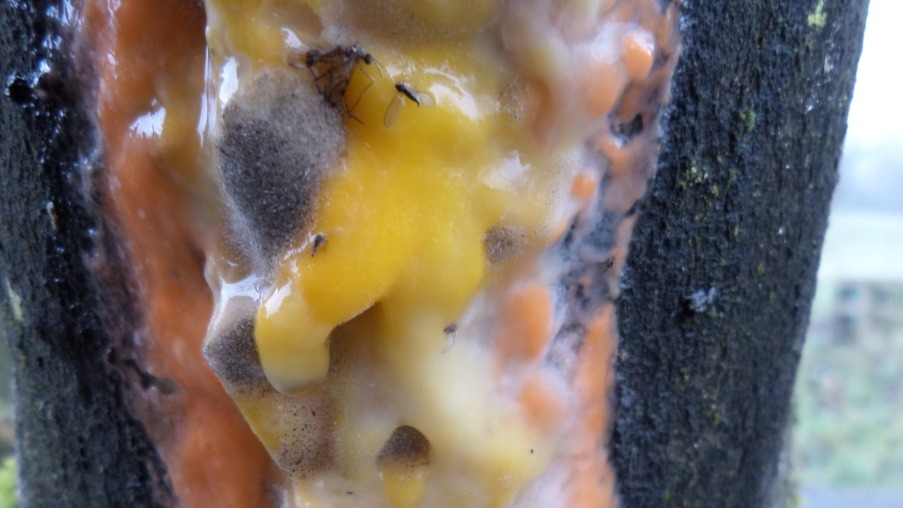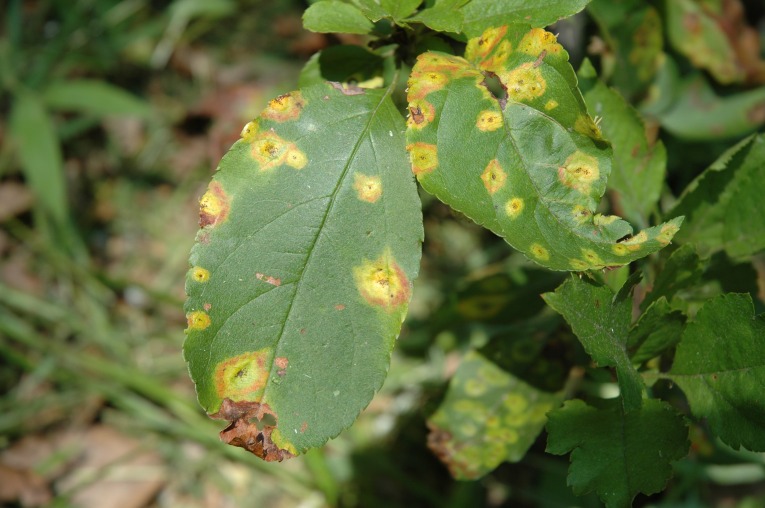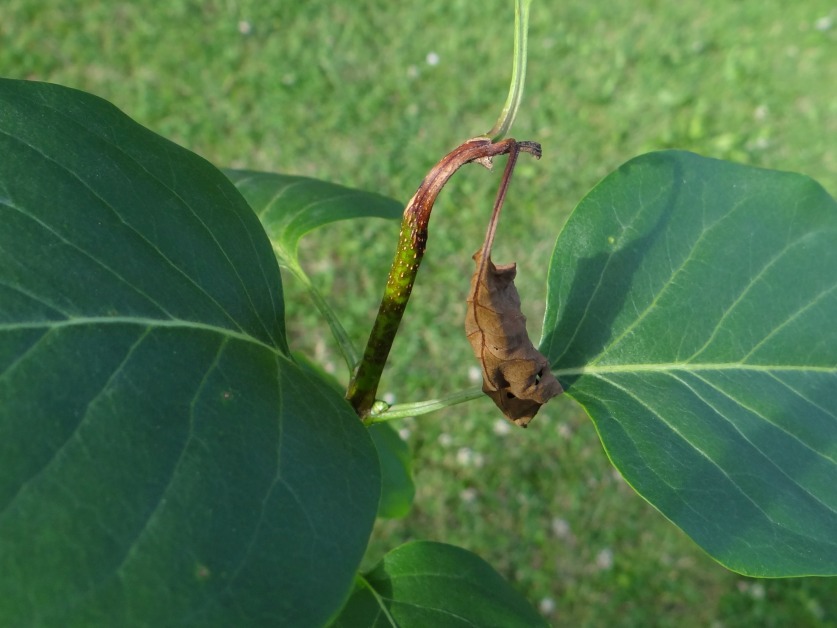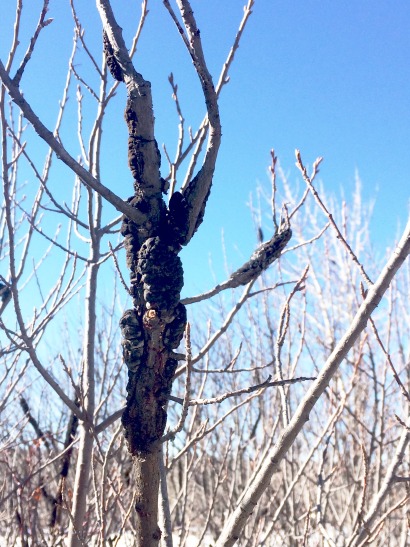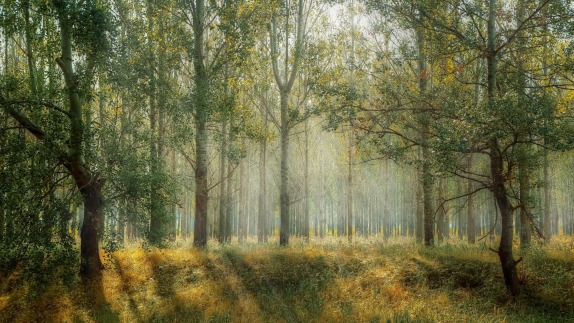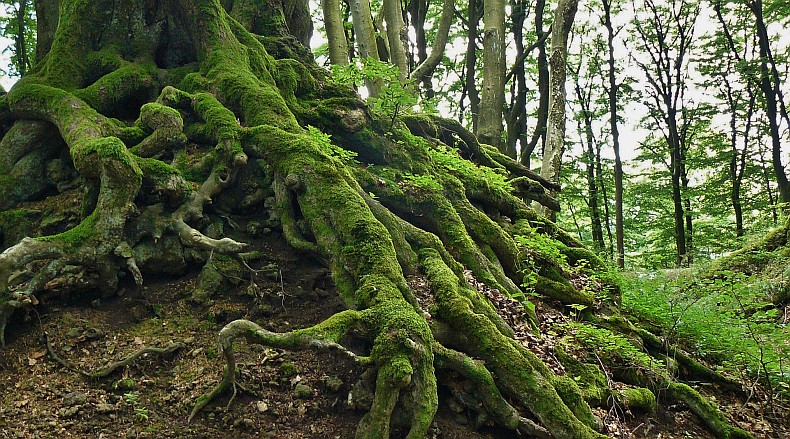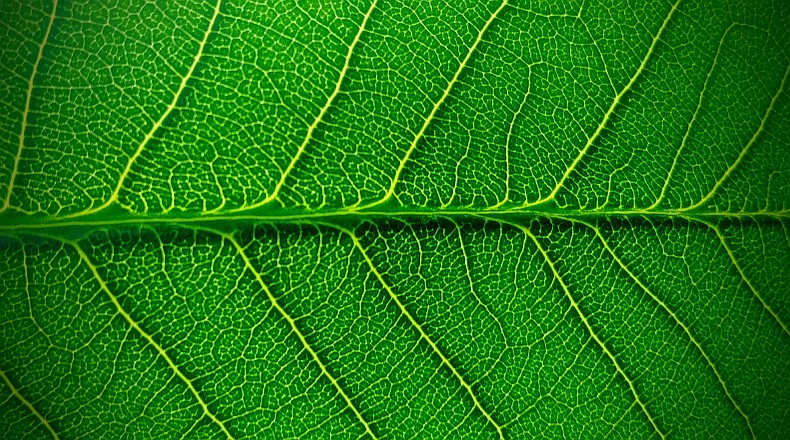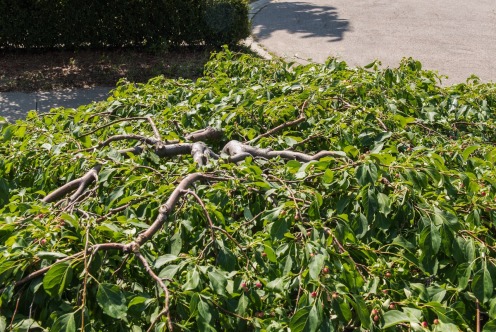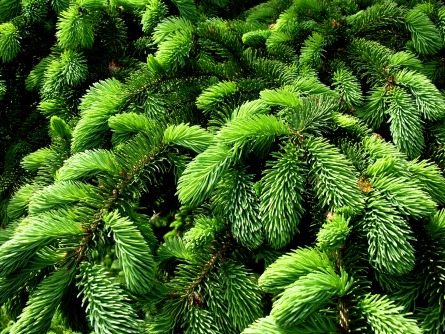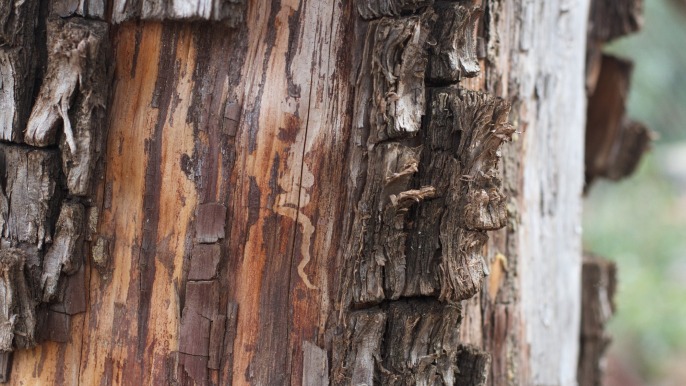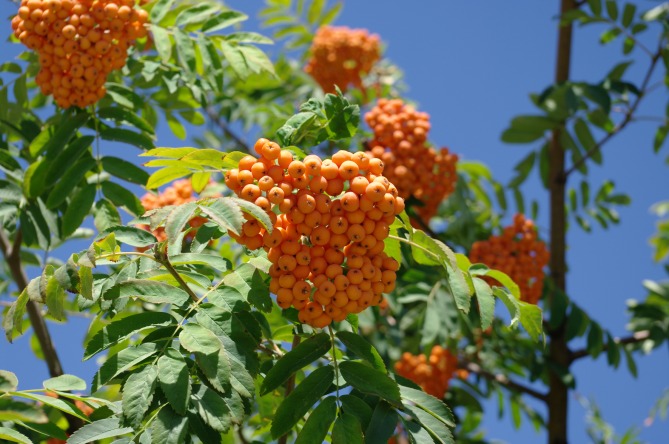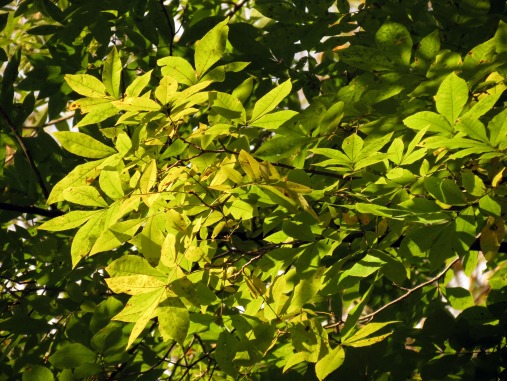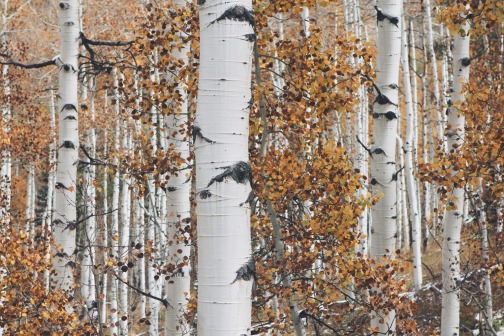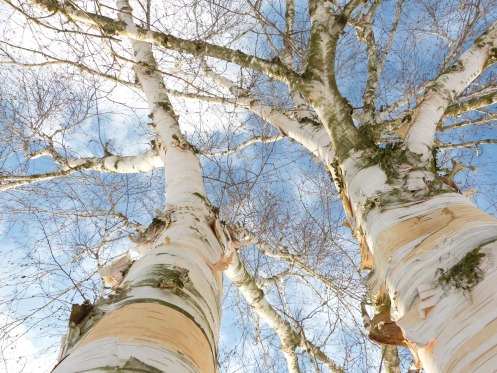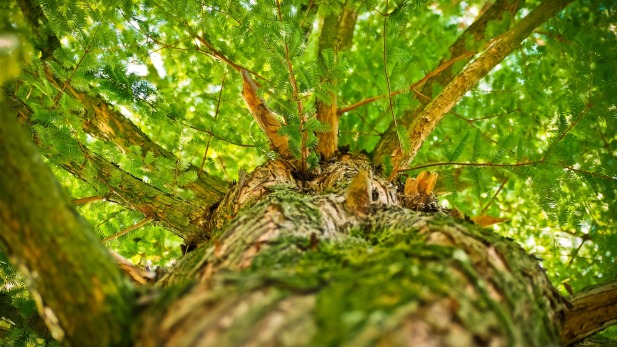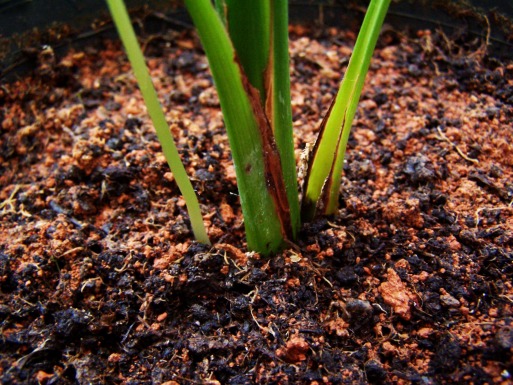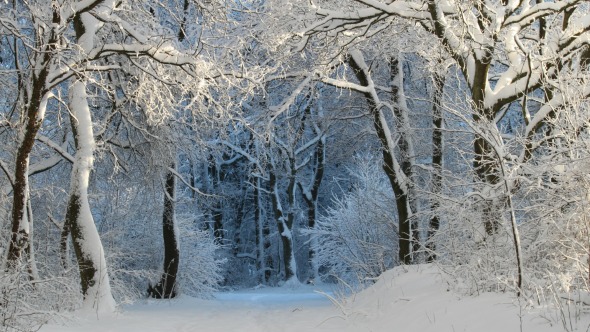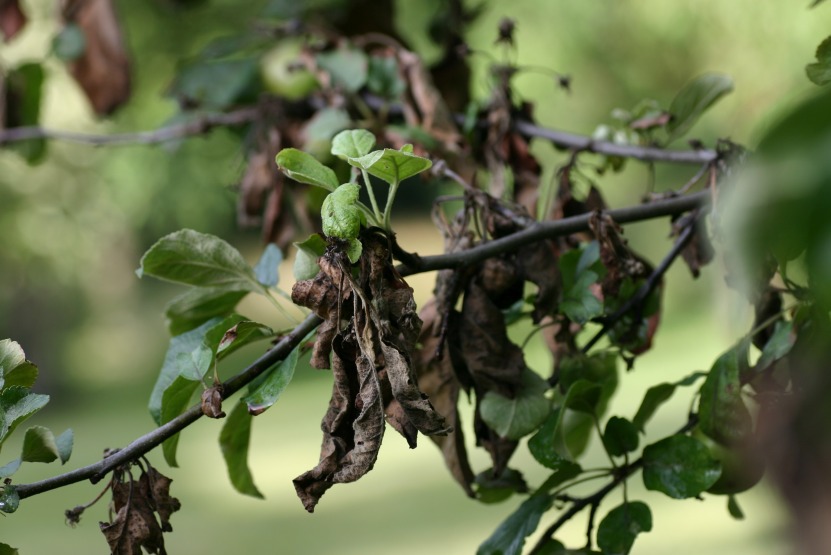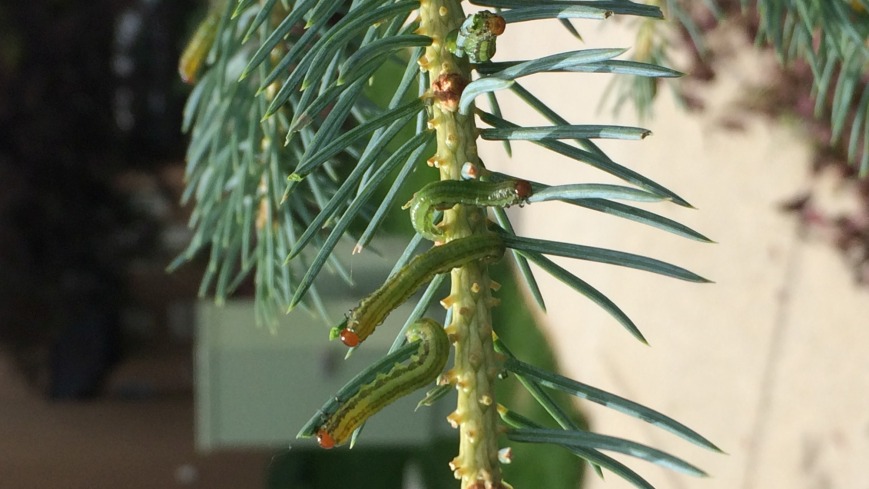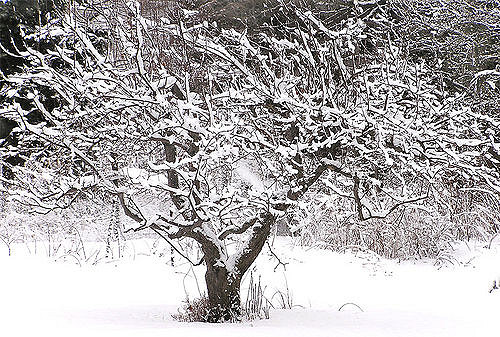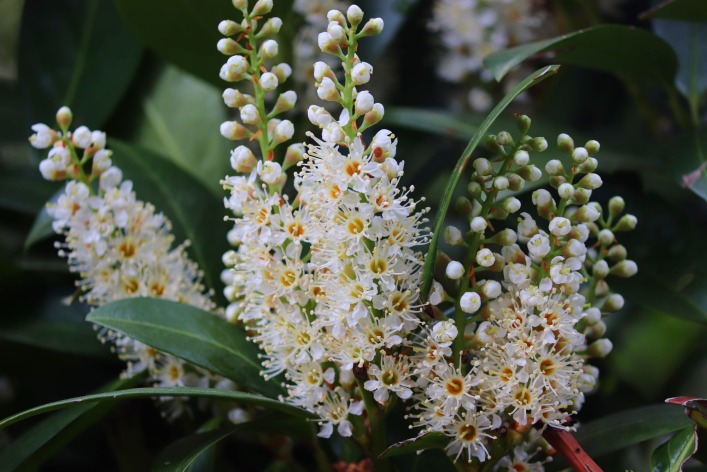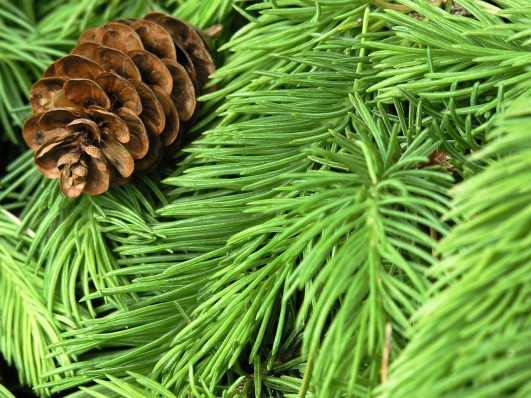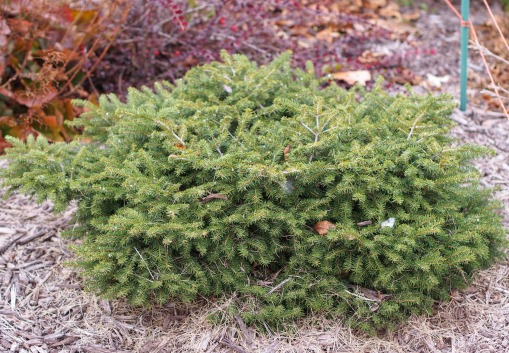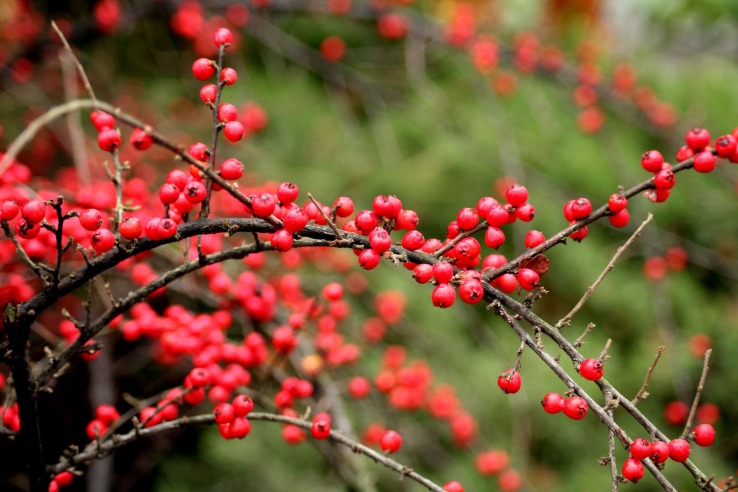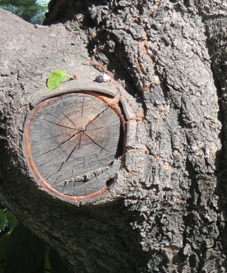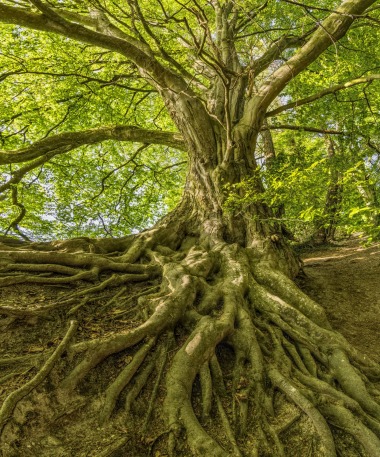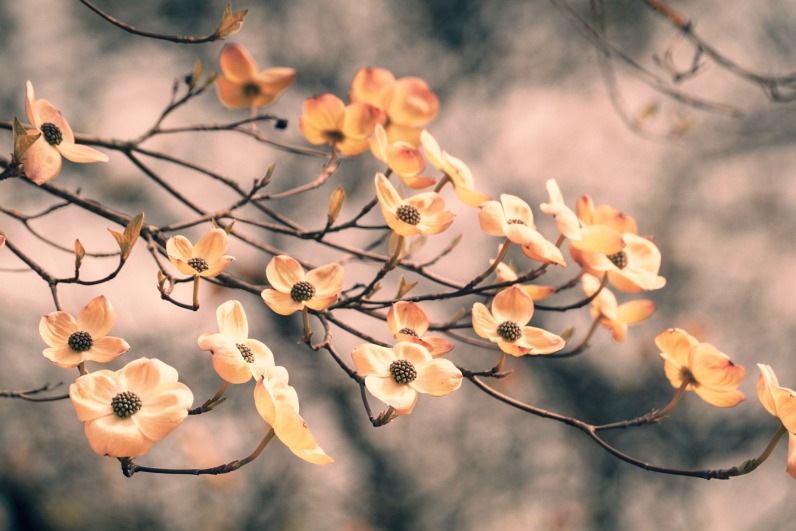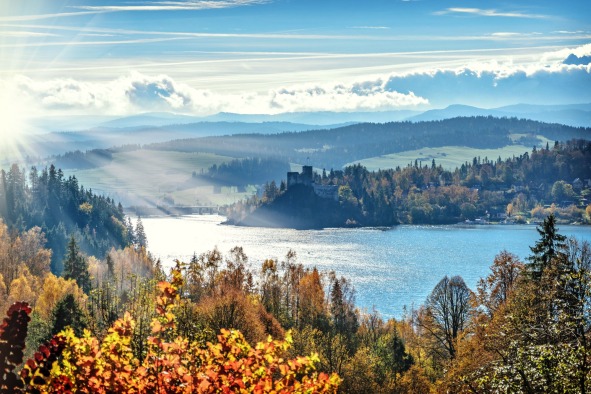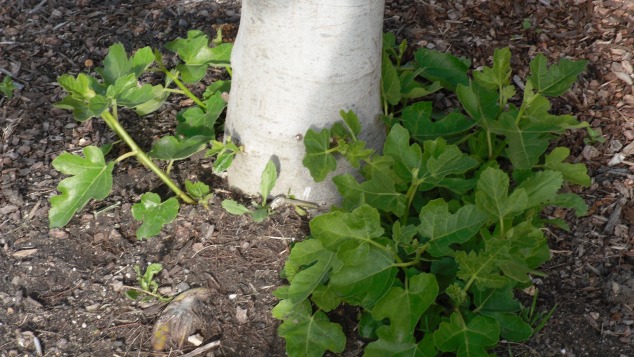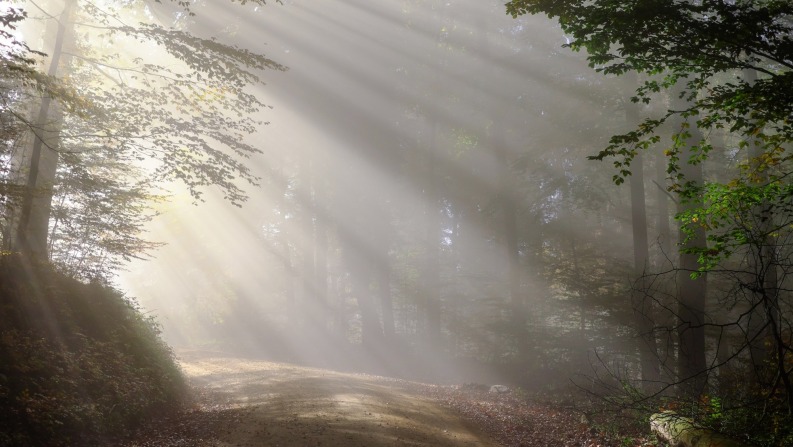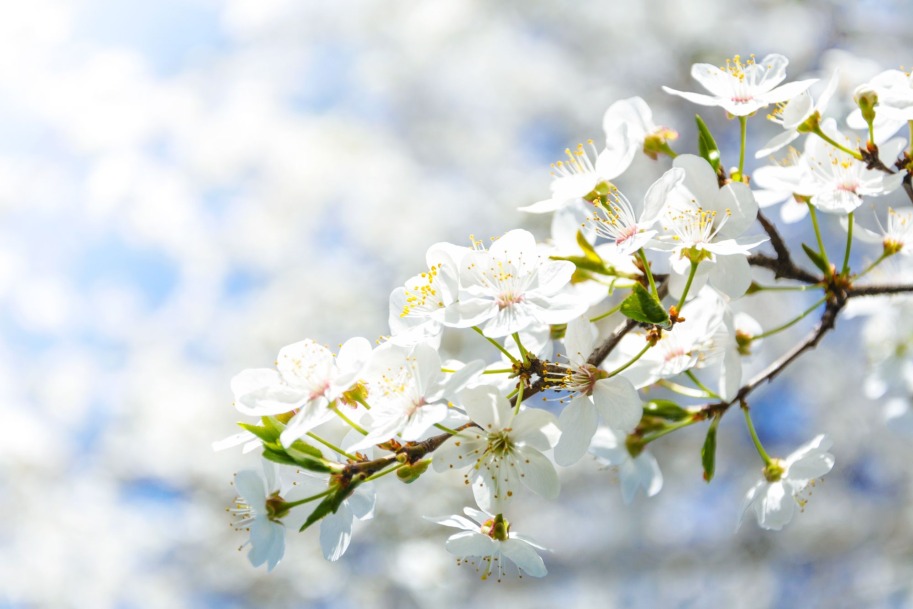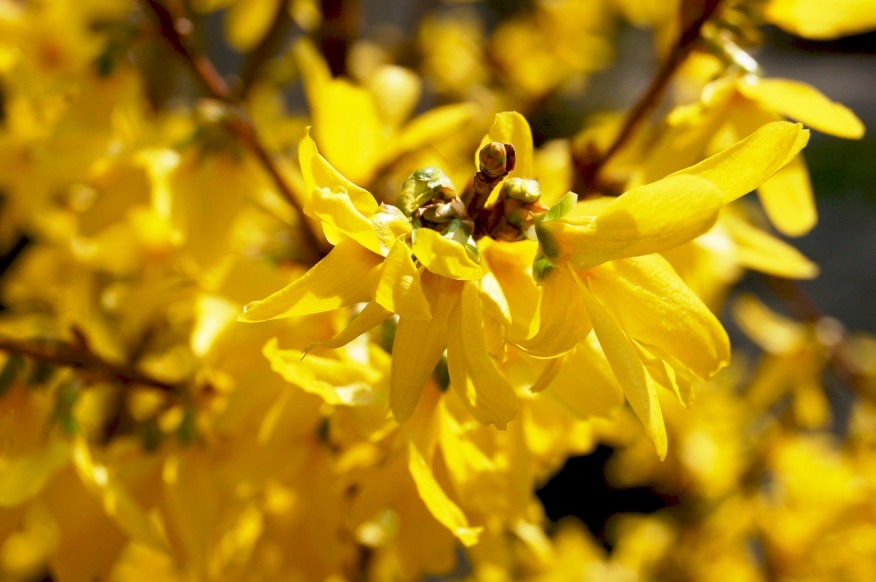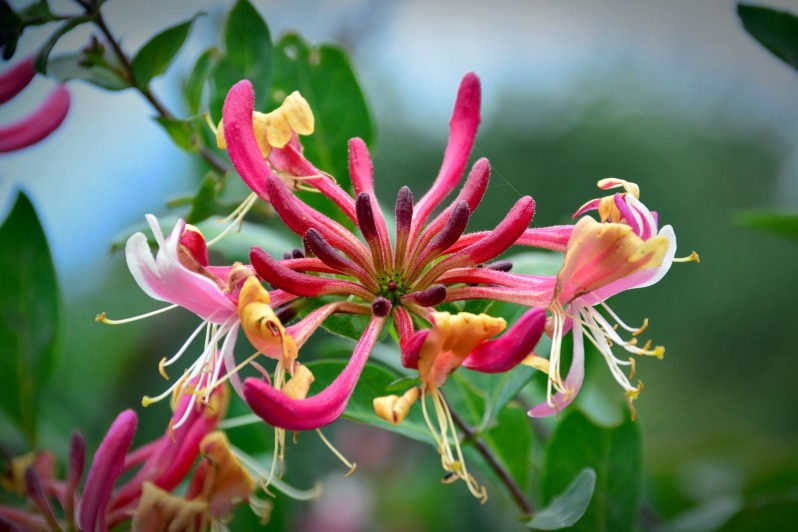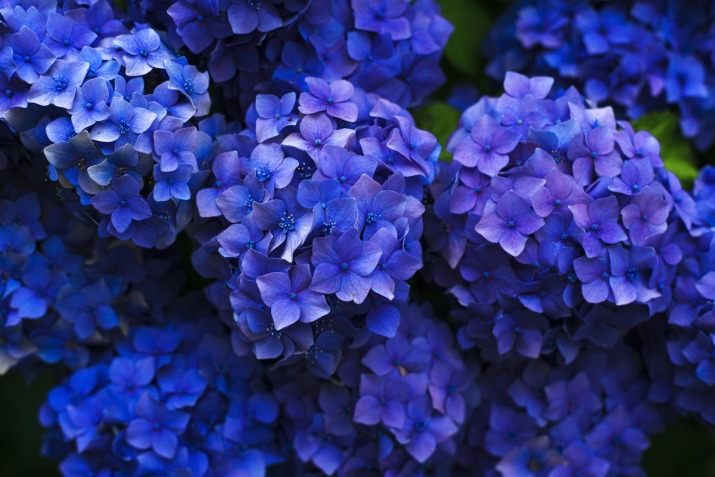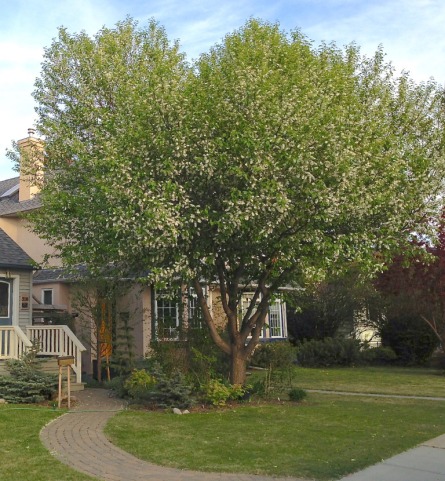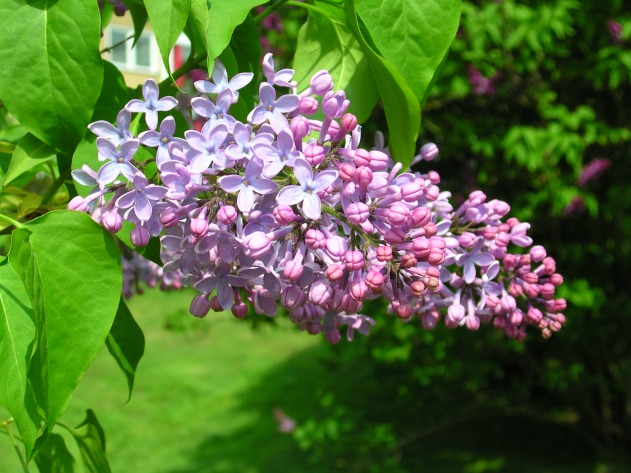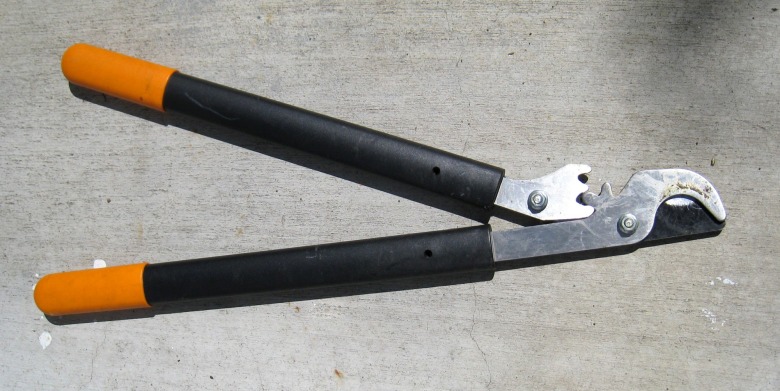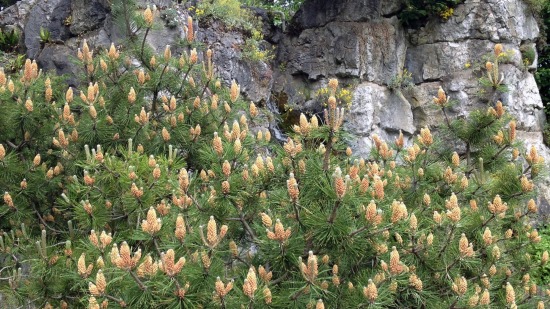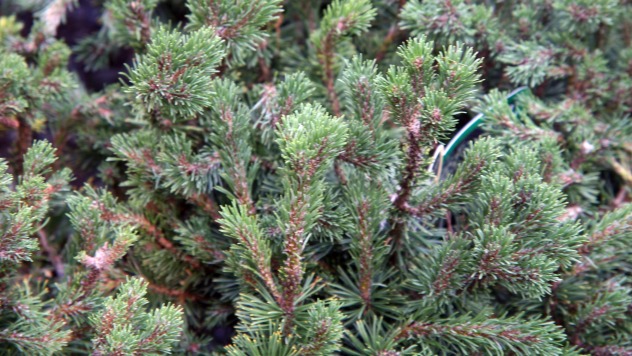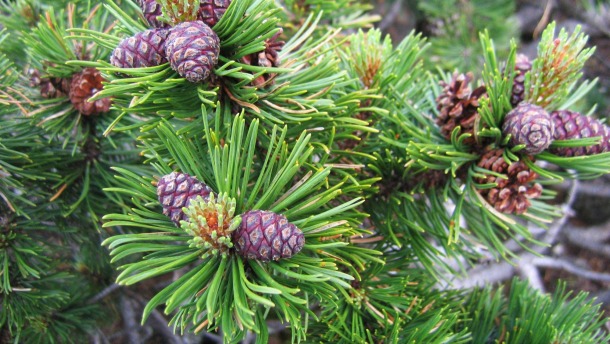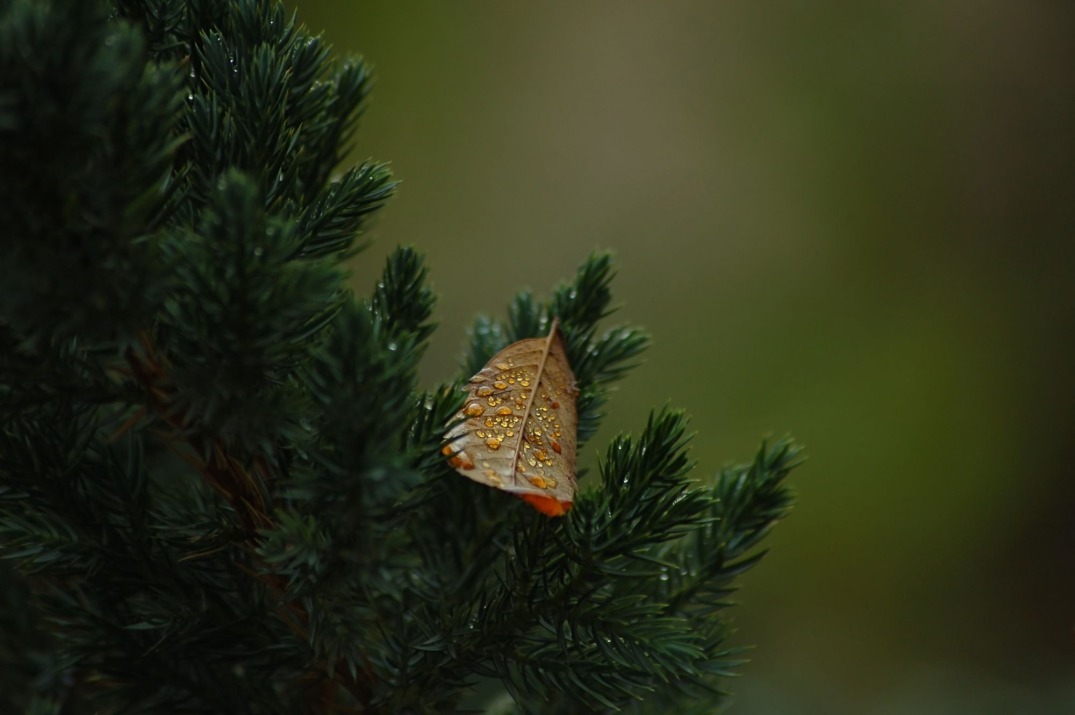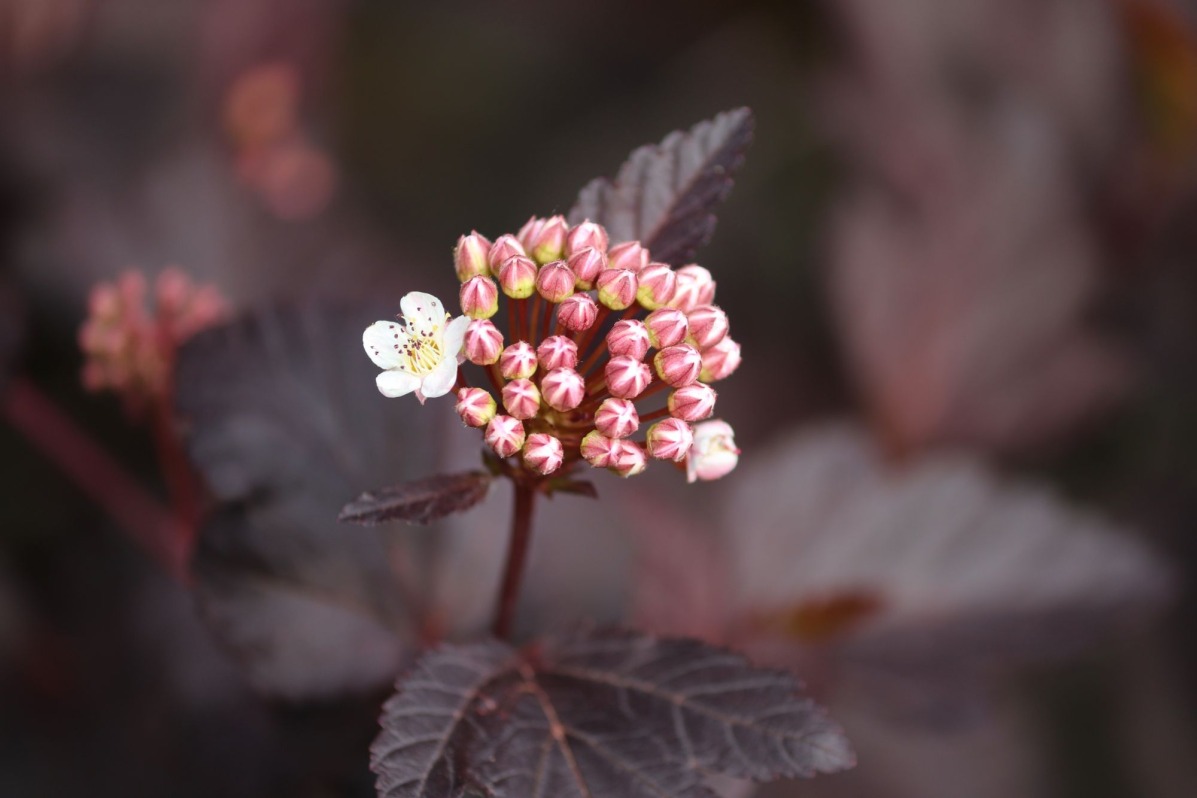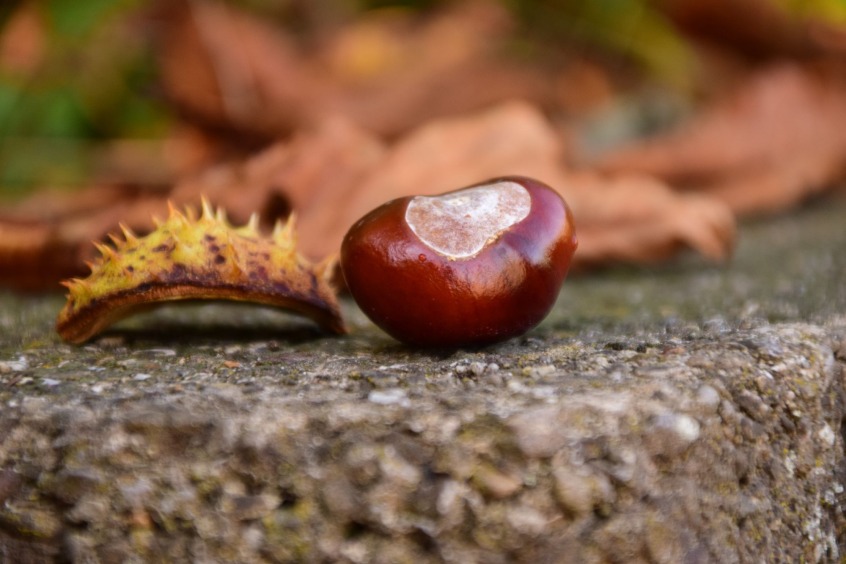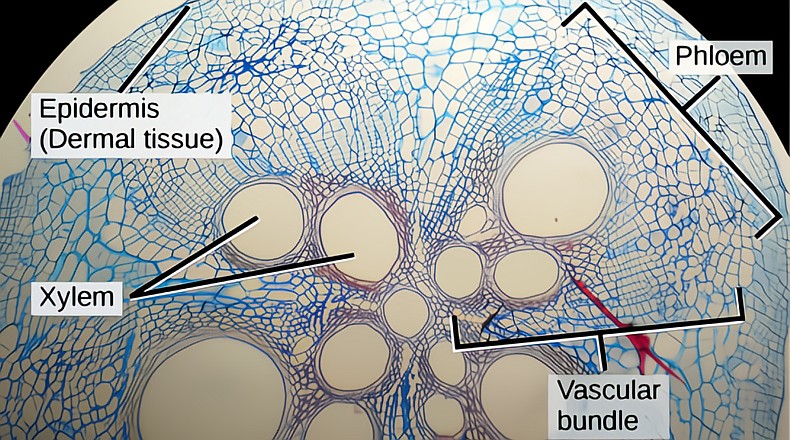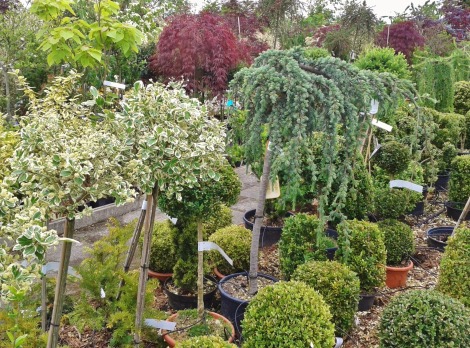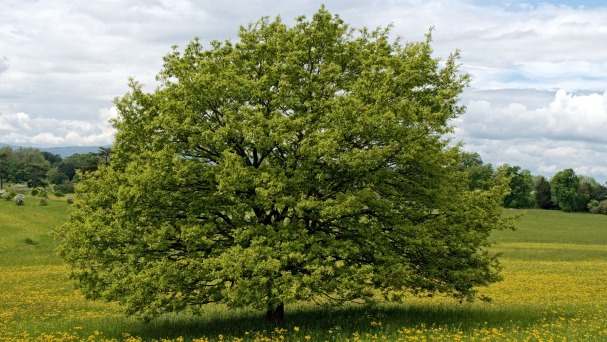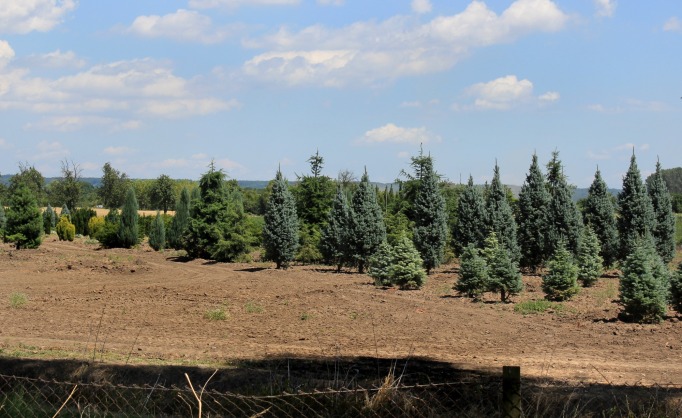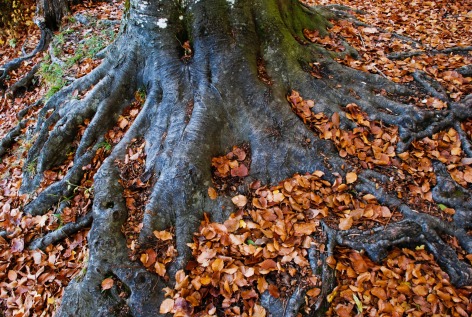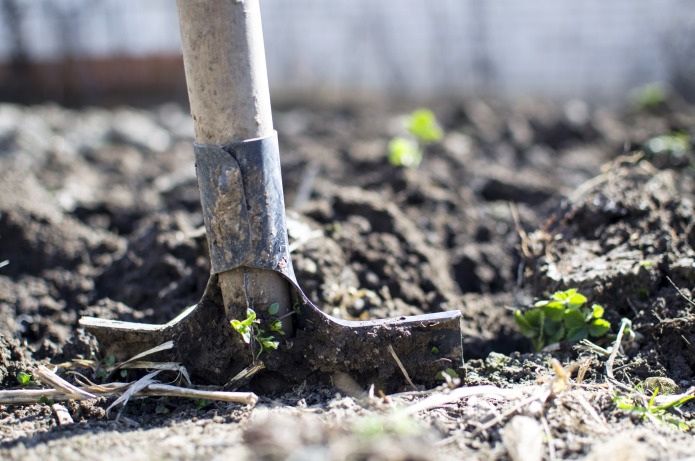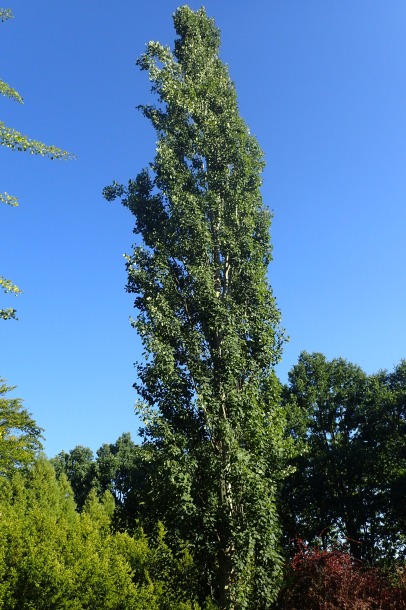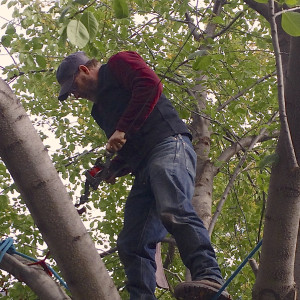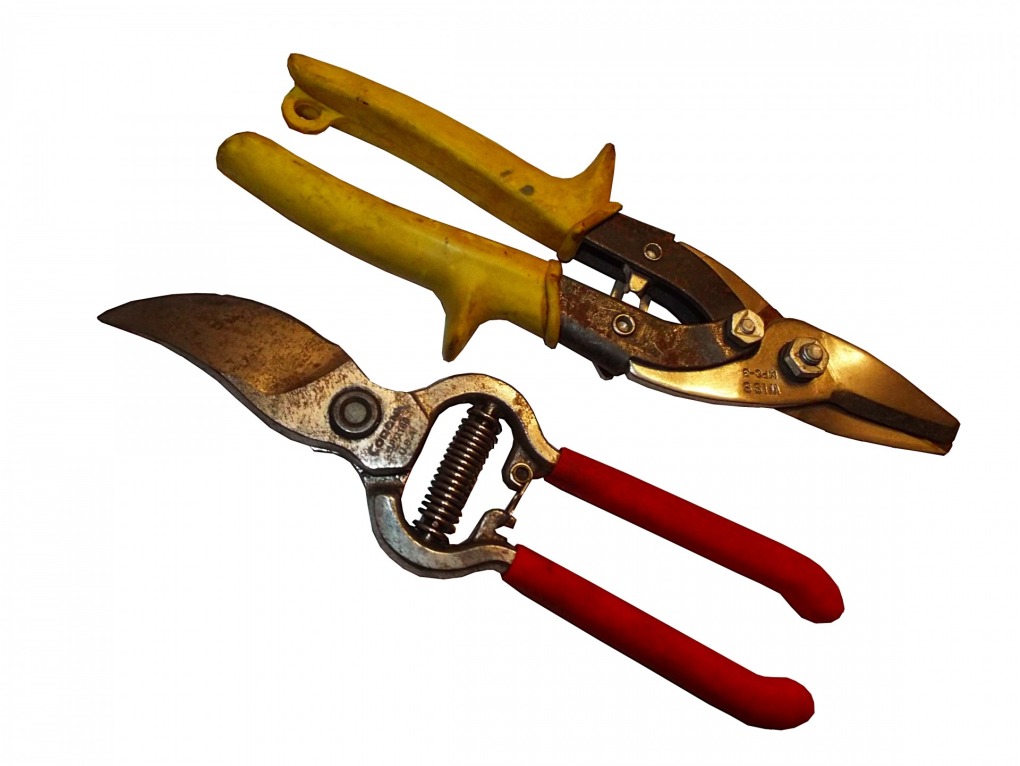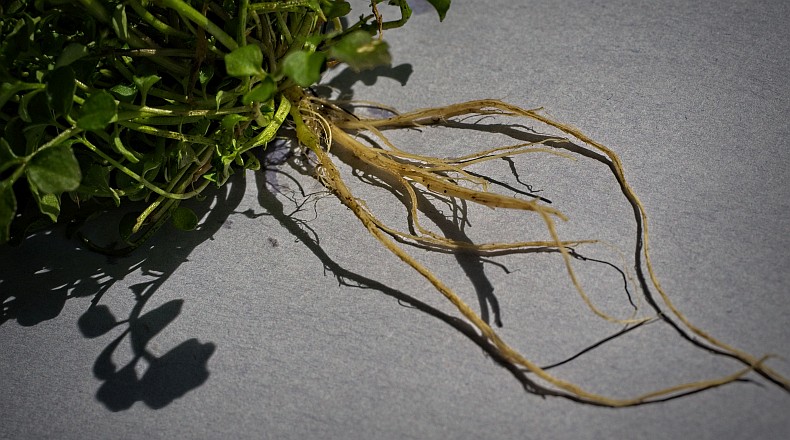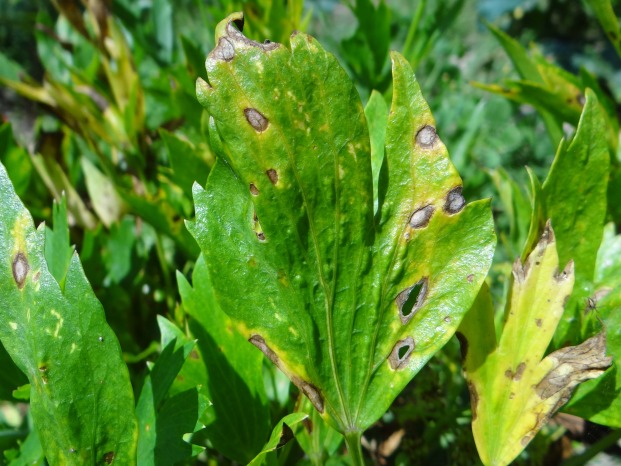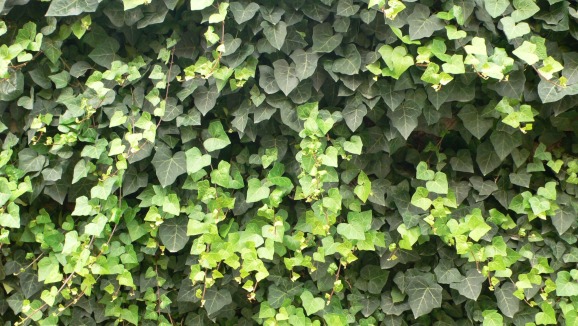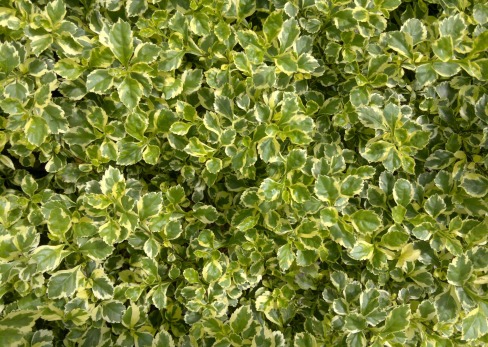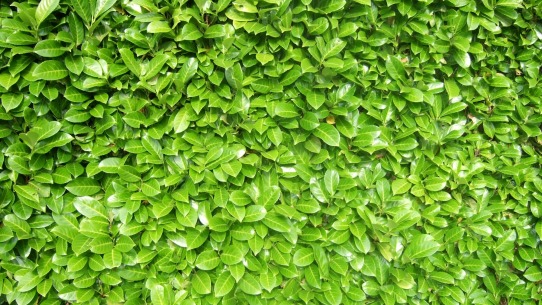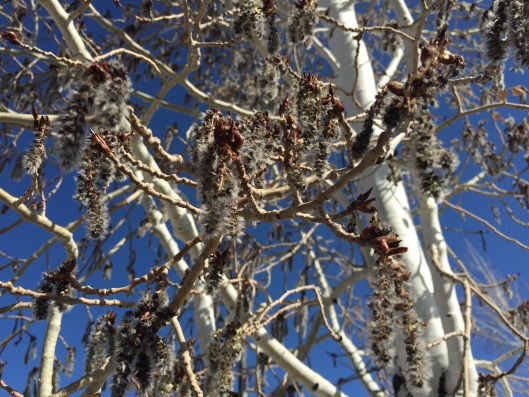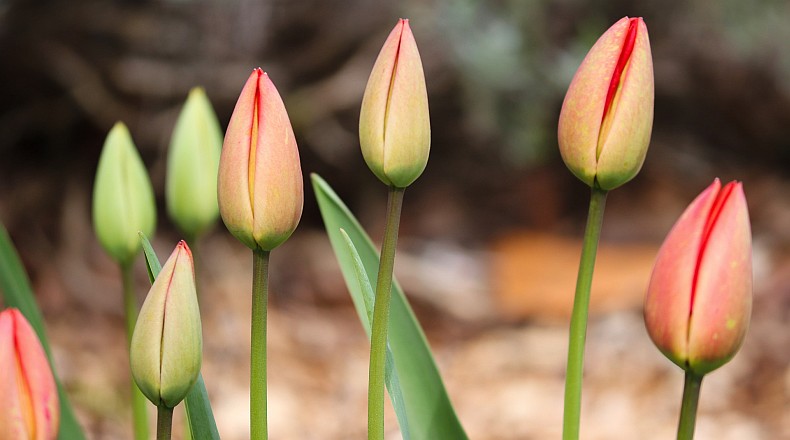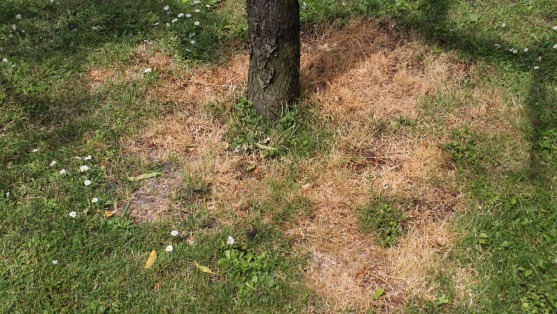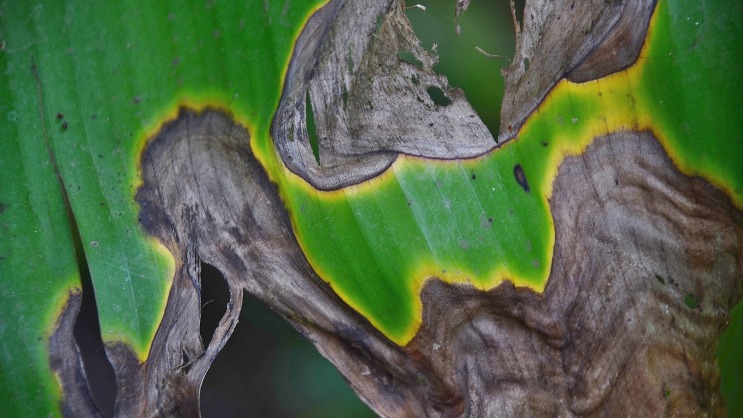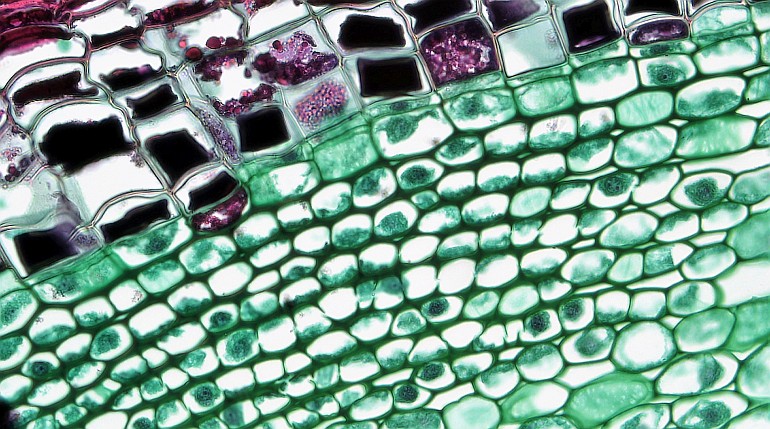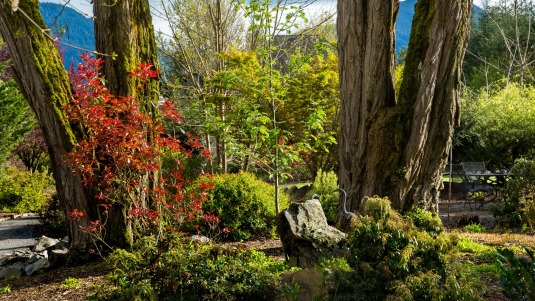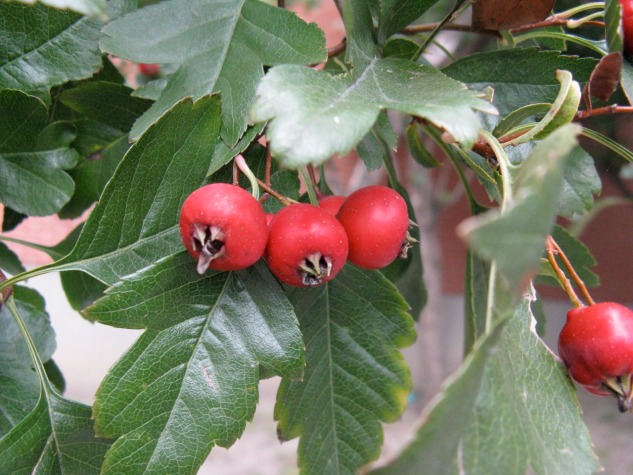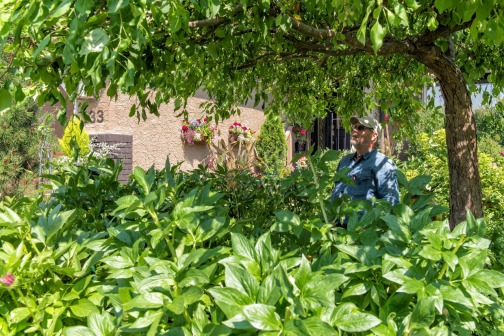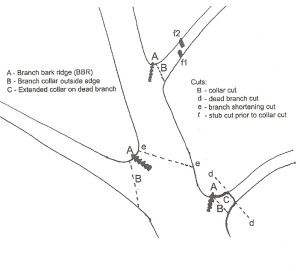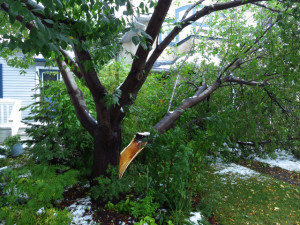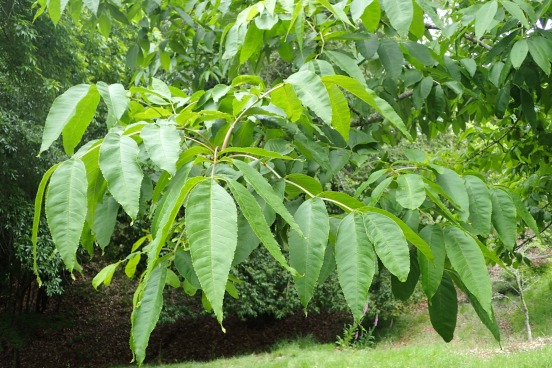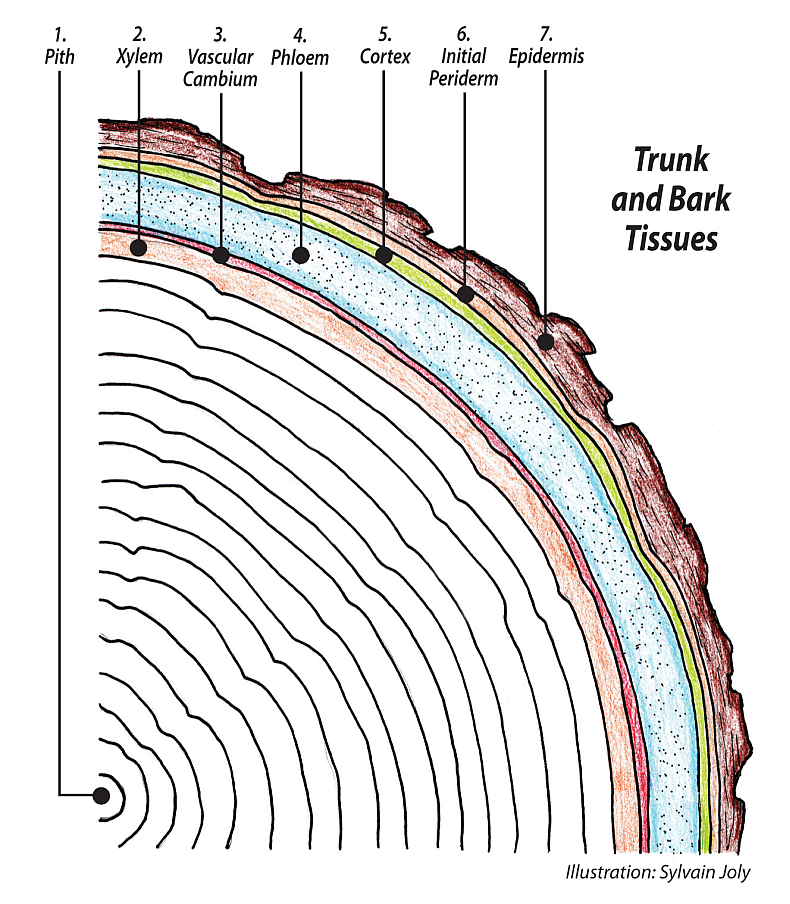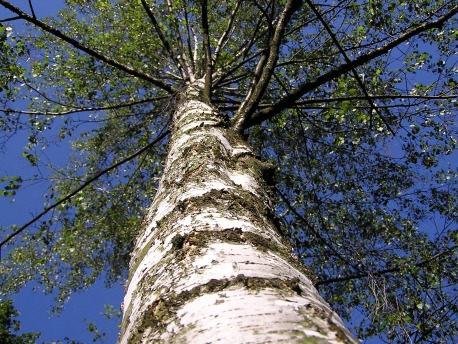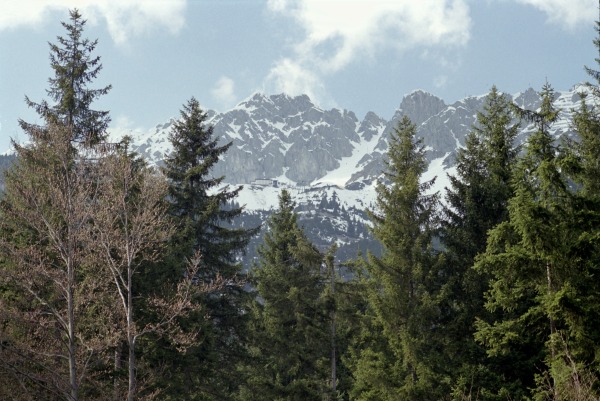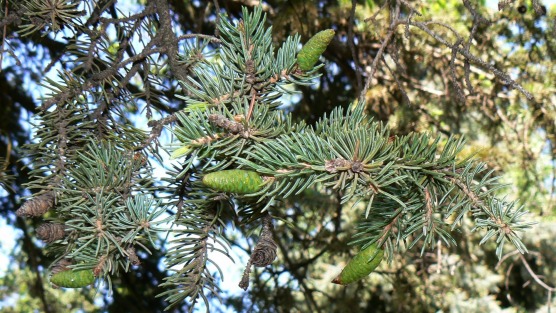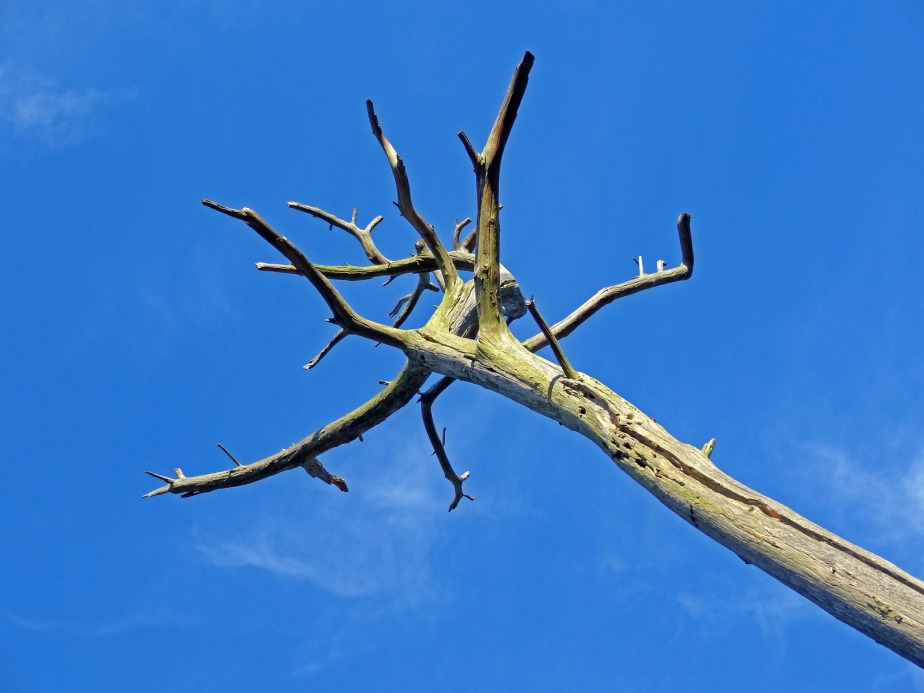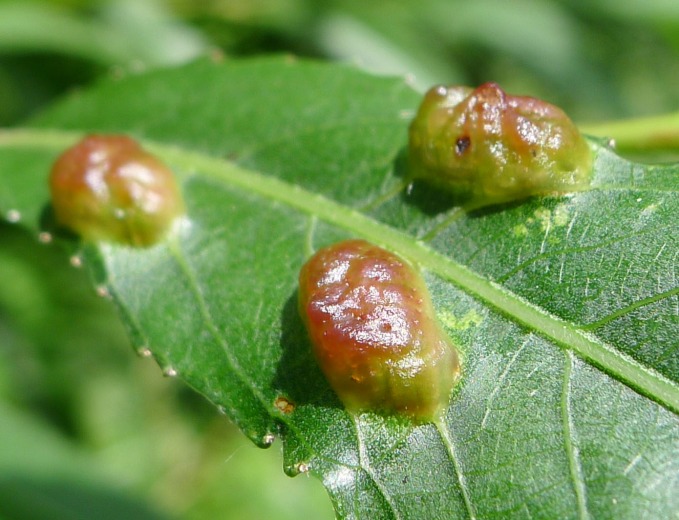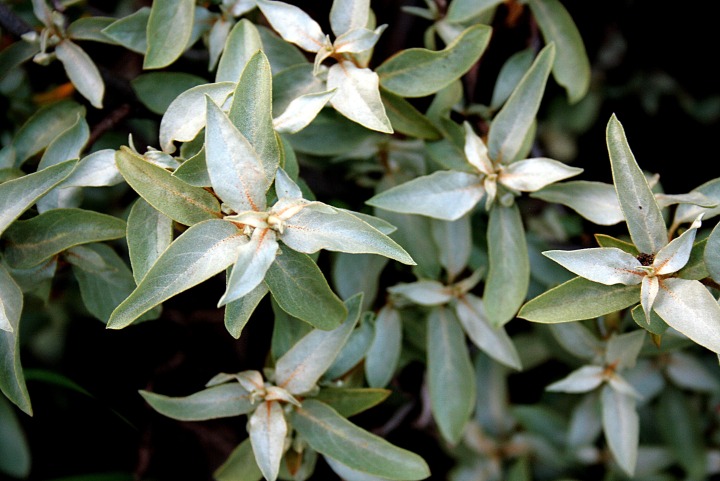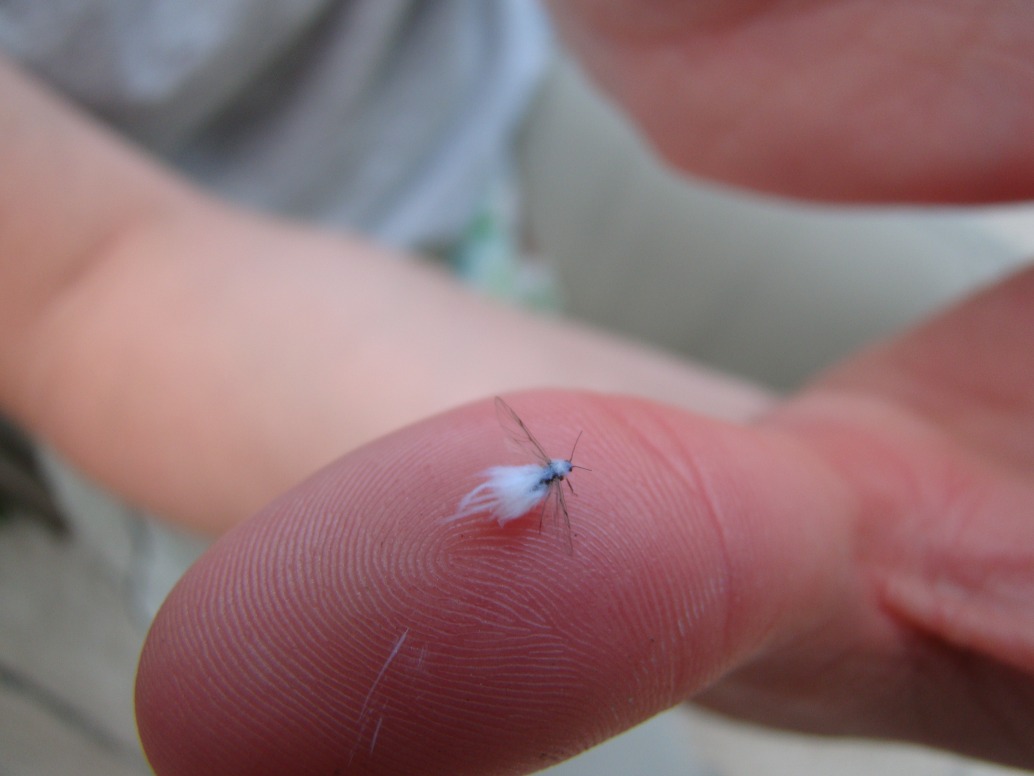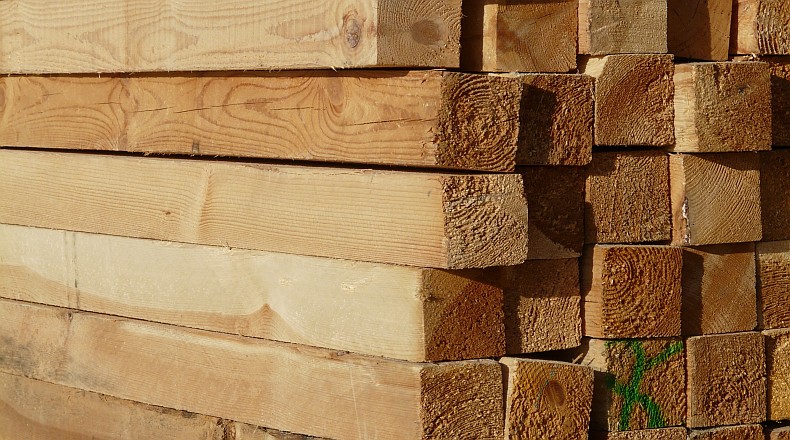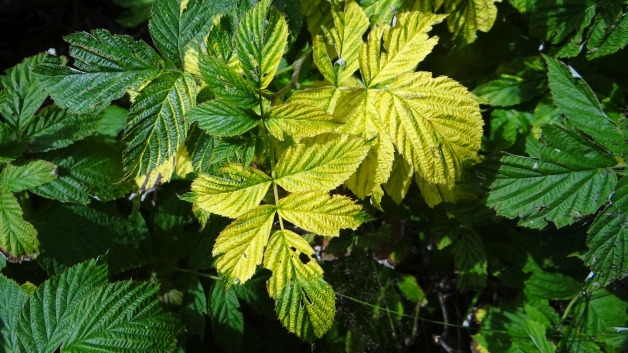Tree Care Articles
My articles page is the place where I have written about most aspects of arboriculture in Calgary. Everything in an arborists' trade, from tree care, trimming and pruning, arbor care, and even being a tree doctor. There are over 150 separate tree resource articles arranged alphabetically. Whether it's, "a mindset for healthy trees" all the way through to "yellow leaves", most of the important aspects of Calgary tree care are included. Have a look, prairie hardy fruit trees, selecting evergreens, tons on planting and pruning, please enjoy this free resource.
If you'd like to take a deeper dive into the internal workings of trees, check out my Botany Talks.
Slime Flux
- Details
- Written by Kevin R. Lee Kevin R. Lee
- Published: 02 April 2018 02 April 2018
Slime Flux is one of those creepy growths in nature that will bring up images from ghost busters. In Calgary the most significant growth is on Siberian elms. Many mature Trees have this condition, especially poplars and elms. I have seen a great gob of pinkish jelly attached at a wound site on the trunk, not pretty. This thing is not harmful and is in fact helpful. The pink slime is generated by fungus living off the free available energy in the leaking Tree sap.
Like sooty mold that sets up on many of our Trees that have scale insects or an aphid infestation, this is nature, as always filling the vacuum. The cause of the sap leaking is another story. It begins inside Tree trunks. As Trees age and deal with their problems, central sections of the trunk will die. Still valuable for support, these heart-wood sections are not included in the Tree's day to day storage and movement of energy. They are either too old or have been compartmentalized, used in defense of some attack, whether it was storm damage, heavy pruning or disease. This is not to say that they are not still packed with energy tied up in cellulose, one of the main constituents of wood. Wood rotting fungus WRF, would love to be able to get at this trove and live happily ever after. The Tree has other plans; a Tree's whole life cycle could be seen as a battle against WRF and eventually it will lose, but the longer the Tree survives, the better. And nature has provided the Tree with some powerful weapons.
Lets speak of the weapon of collaboration against your enemies. Through the eons Trees learned that it was better to spend some energy on your partners that help to defend you than to face a unrelenting enemy alone. Long ago Trees figured out that WRF had certain conditions that it multiplied in and certain conditions it could not live in. A water soaked anaerobic environment is one that WRF will not live in. Think of dry rot in house timbers. It loves about 40 % moisture content. Double the percentage and the rot goes away. So Trees invited certain bacteria inside, fed and sheltered them and the bacteria in return made the heartwood sections wet enough that the WRF couldn't get a hold. This is called wet wood, one of nature's many ingenious solutions that usually is a win, win.
And the WRF, hey, they've got lots to do.
(Photo credit: “Slime Flux on Sap at Barrmill" by Rosser1954, licensed under CC BY-SA 3.0.)
Fungal afflictions
- Details
- Written by Kevin R. Lee Kevin R. Lee
- Published: 01 April 2018 01 April 2018
There are quite a number of different fungi that set up on our Trees and shrubs that can look alarming but are quite harmless. Everybody's got to eat. Nectria or coral spot, apple scab, fungal leaf spots and powdery mildew are the ones we are going to discuss.
Perhaps it is the bright orange like color that catches people's eye. Most gardeners will at some time notice nectria somewhere in their garden. Not a primary or pioneer pathogen, but a secondary one, nectria has never killed the branch you see it on. It may set up as the branch is dying. Like many fungi, nectria is living off the stored energy that is in wood, cellulose. Common inside a cotoneaster hedge, nectria will help you spot the deadwood.
The other three are all fungi that take part of the year to set up, and flourish when they find conditions they like. They can be unsightly but never do much damage to the host. Once noticed, it is already too late to be effectively dealt with.
Apple scab is uncommon in Calgary. The scab needs wet and humid conditions early in the year to set up. Once in the leaves the fungus moves from there.
Fungal leaf spots can affect many species of Trees and shrubs. If the season goes long into the fall, the tired leaves of every Tree will be affected with something. And that's OK, and completely natural. Frogeye leaf spot is one we see on crab apples.
Powdery mildew can be present on a number of Calgary's Trees and shrubs. Caragana is perhaps most strongly affected. Some crab apples are also affected; Strathmore, not a particularity strong Tree, is quite susceptible.
If you have persistent annual problems you may want to fight back a bit. Fungicides have to be applied early, usually at bud break, before the fungus gets into the new leaves. After that, grin and bear it. Fall and Spring clean ups can help a lot by significantly reducing spore populations on old dead leaves and fruit. In general, if these plants are kept healthy these problems will not be significant. Remember, leaves are only here for a six-month visit, do their work and are gone; they are not a permanent part of your Tree.
Calgary's Most Dangerous, Dutch Elm Disease
- Details
- Written by Kevin R. Lee Kevin R. Lee
- Published: 31 March 2018 31 March 2018
Dutch Elm Disease, DED, has yet to take hold in Calgary. The two main reasons for this are our geographical isolation and the diligent work of the city of Calgary's urban forestry team, working throughout the city for over a decade monitoring, inspecting and keeping watch on all of their beetle traps.
A group of beetles, mainly the elm bark beetle, a small boring insect, is the main carrier of a fungus, Ophiostoma ulmi. This disease has changed the face of North American cities throughout the east and has moved west in the last decades. Thousands of beloved stately elms have disappeared from all major eastern North American cities. These cities' elms were all connected because of the great number of Trees and the fact that elms are native throughout the region.
Out west things are different. Planted mainly in western cities, our elms grow in isolated islands of territory with very little connection between. Elms have been used as shelter belt plantings throughout the west but the numbers are small. The island concept has certain advantages. By adhering to a few simple guidelines we may be able to remain disease free.
The beetles who carry the fungus that kills the Trees breed in elm deadwood. This is the reason for the firewood ban. Stored elm firewood has the potential to greatly assist the beetle population. The other place we find elm deadwood is in the Trees themselves. This is why all city elms are being pruned. All elms on private property should also be pruned, should have their dead branches removed.
One symptom of potential infection is the mid season unexplained yellowing of elm branches. If you see an elm acting strangely, make the call. Learn to identify elm trees. Learn where elms grow in your neighborhood and watch them. Once DED gets a hold in Calgary our beautiful elms will need all the friends they can find.
- Learn to identify an elm Tree
- Prune elms on your property
- Don't store elm firewood
- Respect the spring to fall pruning ban, no pruning from Apr. 1 to Oct. 1.
- Inspect elms in your neighborhood; look for yellow branches when they should be green.
- Make the call, phone 311 to report.
The advantage given to our elm population by a informed observant community of people will make all the difference, the difference between having elms in our city or not.
Calgary's most dangerous: Pseudomonas syringae
- Details
- Written by Kevin R. Lee Kevin R. Lee
- Published: 30 March 2018 30 March 2018
This disease is the sneaky, quiet guy. A bacterium like fire blight, it affects a different group of hosts.
(Photo credit: “Pseudomonas syringae on Syringa vulgaris (location: Poland)” by Jerzy Opioła, licensed under CC BY-SA 4.0.)
Calgary’s most dangerous: Black knot
- Details
- Written by Kevin R. Lee Kevin R. Lee
- Published: 29 March 2018 29 March 2018
Black Knot won’t kill your tree but, if left long enough, it will make you want to.
(Photo credit: “Black Knot disease on Cherry, caused by Apiosporina morbosa" by Robert L. Anderson, USDA Forest Service, licensed under CC BY 3.0.)
Articles Index
- A Mind Set for Healthy Trees
- A New Tree Care Philosophy
- A Practical Working Model of Your Tree, Part One: Mostly Roots
- A Practical Working Model of Your Tree, Part Three: Leaves
- A Practical Working Model of Your Tree, Part Two: Trunk and Stem
- A weeping apple, some deer, and an arborist
- A Year in the Life of Your Tree - 1
- A Year In the Life of Your Tree - 2
- A Year In the Life of Your Tree - 3
- A Year In the Life of Your Tree - 4
- A Year In the Life of Your Tree - 5
- A Year In the Life of Your Tree - 6
- A Year In the Life of Your Tree - 7
- A Year in the Life of Your Tree - 8
- An arborist thinks on compartmentalization
- An Arborist's Education
- Ash Leaf-Cone Roller
- Ash Trees
- Aspens
- Birch
- Botany 1: The whole tree
- Botany 2: What do trees eat?
- Bud Scars
- Burning Bush
- Calgary Soils
- Calgary weather, snow pack, and the drought
- Calgary, from a tree's perspective
- Calgary's Most Dangerous, Dutch Elm Disease
- Calgary's most dangerous: Pseudomonas syringae
- Calgary’s most dangerous: Black knot
- Calgary’s Most Dangerous: Fire blight
- Calgary’s Most Dangerous: The Yellow-Headed Sawfly
- Caragana
- Caring For Your Trees This Winter
- Cell Walls
- Cherry Shrubs
- Cherry Trees
- Conifer Introduction
- Conifer Shrubs
- Conifers
- Cotoneaster
- Cranberries
- Currants
- Debunking Old Tree Myths
- Demystifying Tree Pruning
- Diagnosing Tree Problems
- Diplodia Gall of Poplar
- Dogwoods
- Dr. Alex Shigo
- Eating Apples and Other Hardy Prairie Fruit
- Elders
- Elms
- Epidermis
- Fall Needle Drop of Conifers
- Fertilizer
- Fertilizer 1
- Fertilizer 2: Trees
- First post Feb 23 2018
- Flowering Crabs
- Forsythia
- Fungal afflictions
- Growing Trees in Calgary
- Growing trees in Calgary, hands-on
- Haiku for spring
- Hardiness Zones
- Hawthorns
- Honeysuckles
- How to Have a Successful Tree
- Hydrangea
- In Defence, the Bronze Birch Borer (BBB)
- Introduction to Botany Talks
- Kate's Mayday
- Lack of connection
- Leaves
- Lilacs: French
- Lilacs: Pruning
- Linden
- List of Best Calgary Tree Choices - Evergreens
- Maintaining your pruning tools
- Maples
- Meristems: SAM and RAM
- Mid-Season Gratitude Post
- Mock Orange
- Mountain Ash
- Mugo Pines 1
- Mugo Pines 2
- Mugo Pines 3: Pruning
- My readers, my reasons
- Native Shrubs
- Needle Casts of Spruce
- Ninebark
- Oaks
- Ohio Buckeye
- Old Hacked Apple Trees -- Pruning a Tangle
- Organic Tree Work, Empowering Trees and People.
- Oyster Shell Scale
- Phloem
- Phomopsis Canker of Russian Olive
- Planting 1: Species selection
- Planting 2: Site selection
- Planting 3: Buying your tree
- Planting 4: Root crown identification
- Planting 5, Digging the hole, planting the tree
- Planting 6: Staking
- Planting 7: Watering
- Planting a Tree - Selection
- Planting a Tree - Setting, Staking and Watering
- Polemic and straight talk: the Swedish Columnar Aspen
- Poplars
- Proper Tree Pruning
- Pruning - More Reasons Why
- Pruning in Calgary with Nature in Mind
- Pruning Theory - Tools
- Pruning Theory - Why?
- Pruning tools you need
- Quotes
- Random thoughts from a Calgary Arborist and Tree Surgeon
- Reference books for Arboriculture
- Roots
- Russian Olive
- Septoria Canker on Poplar
- Shrub Introduction
- Shrub Pruning 1 - Theory
- Shrub Pruning 2 - Size Control
- Shrub Pruning 3 - Final
- Shrub Pruning for Size Control
- Shrub Pruning for Size Control 2
- Shrub Pruning Theory
- Slime Flux
- Soils - 1
- Soils - 2
- Spring?
- Stems
- Symptoms of a dry tree
- Symptoms of a sick tree
- The Mountain Ash
- The Three Cell Types
- Thinking of becoming an arborist?
- Toba Hawthorn: Pruning a tangle
- Tree Poem
- Tree Pruning Theory
- Tree Repair
- Tree Repair - 1
- Tree Repair - 2
- Tree Repair - 3
- Tree Repair - 4
- Trees and Their Interactions with Other Organisms
- Two Failures, Griffin Poplar, Manchurian Ash
- Vascular Cambium
- Walnuts
- Watering
- Watering a Birch
- Watering Calgary Trees
- Western Gall Rust of Pines
- What is Tree Whispering?
- When Should a Tree Be Removed?
- White Fly
- White Spruce
- Why is My Tree Dying?
- Willow Redgall sawfly
- Willows
- Wolf Willow
- Woolly Elm Aphid
- Xylem
- Yellow leaves: Chlorosis

